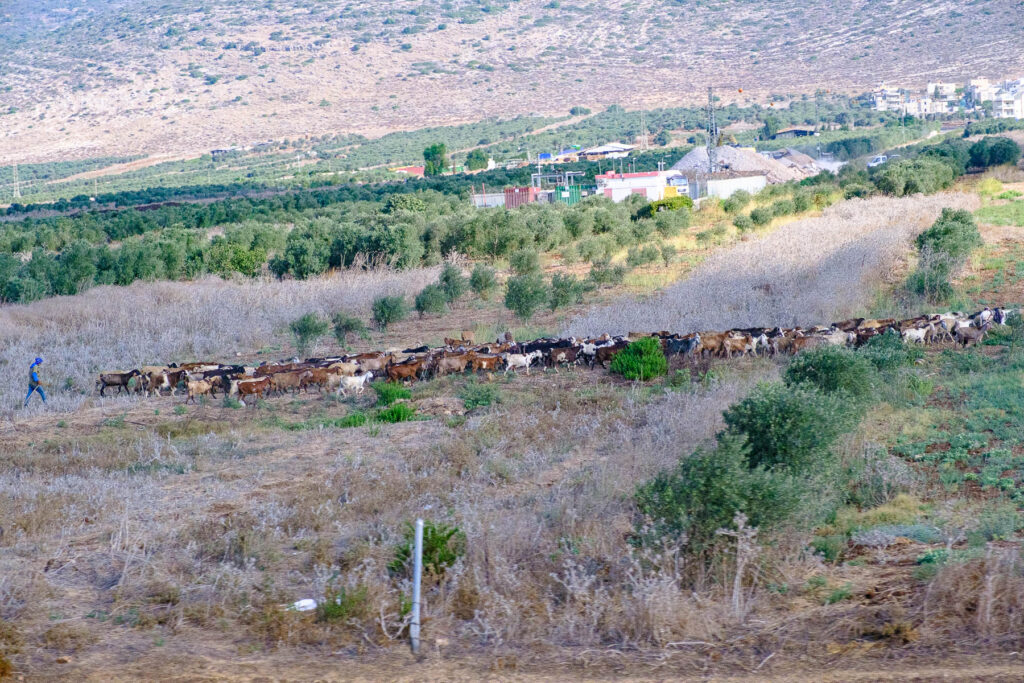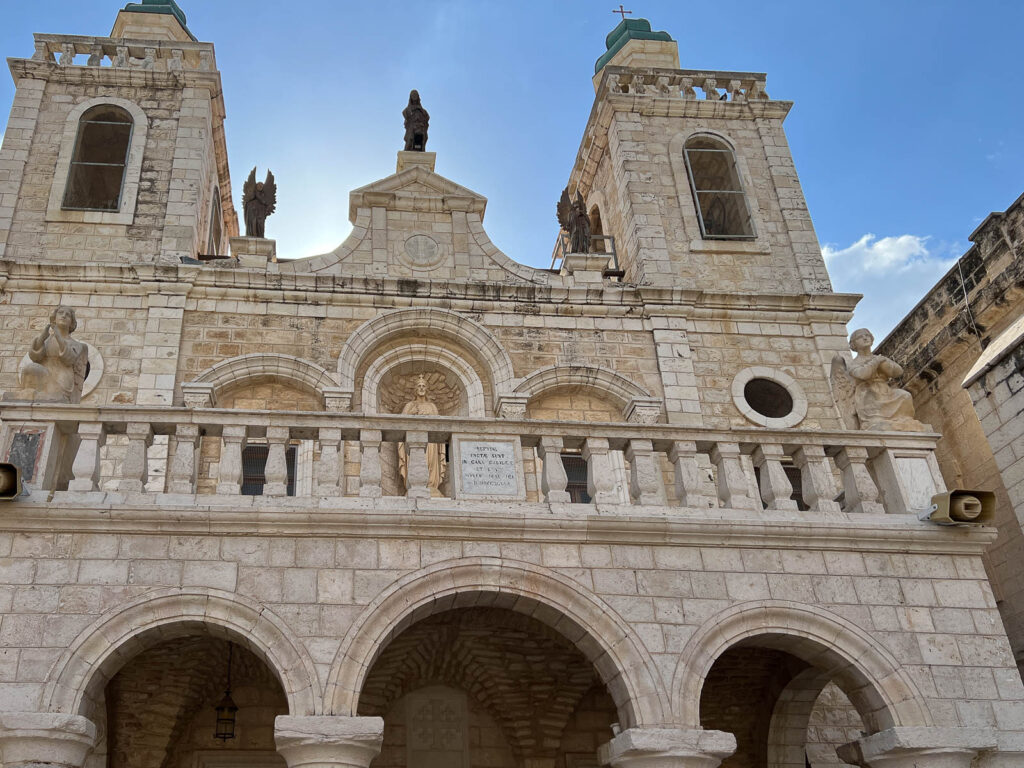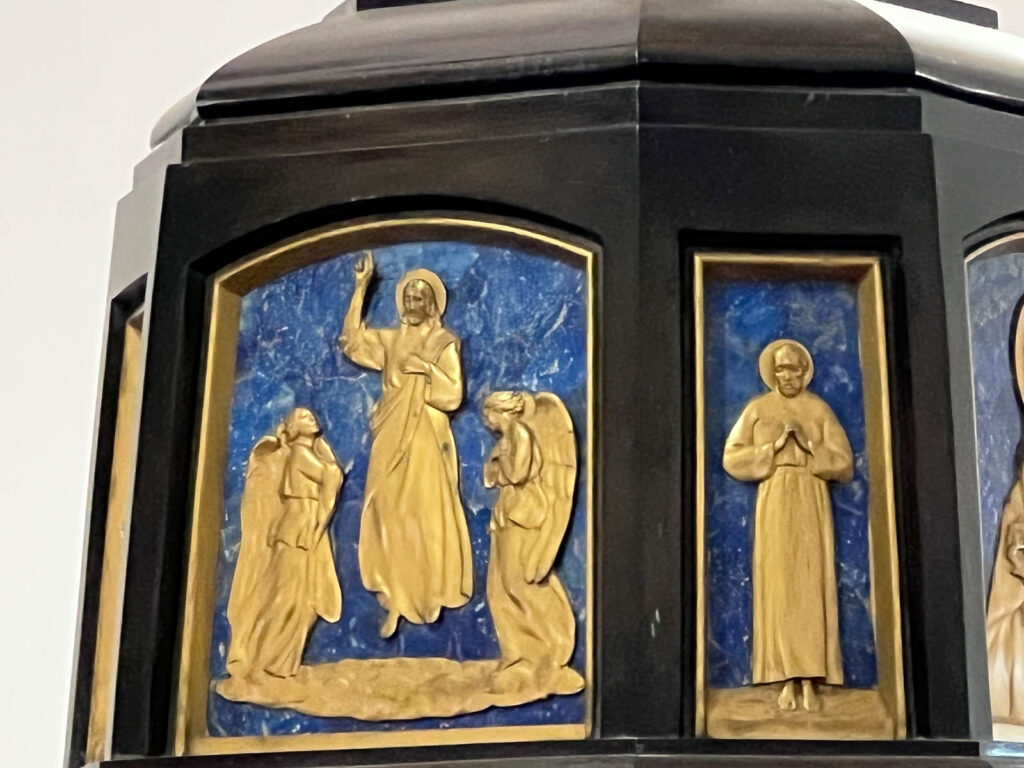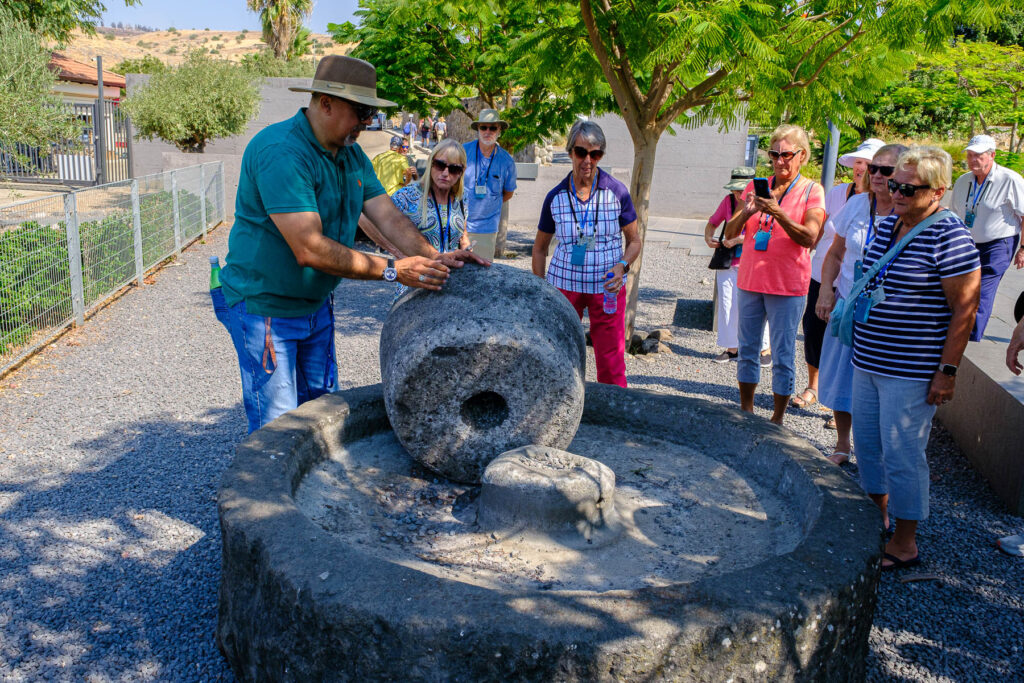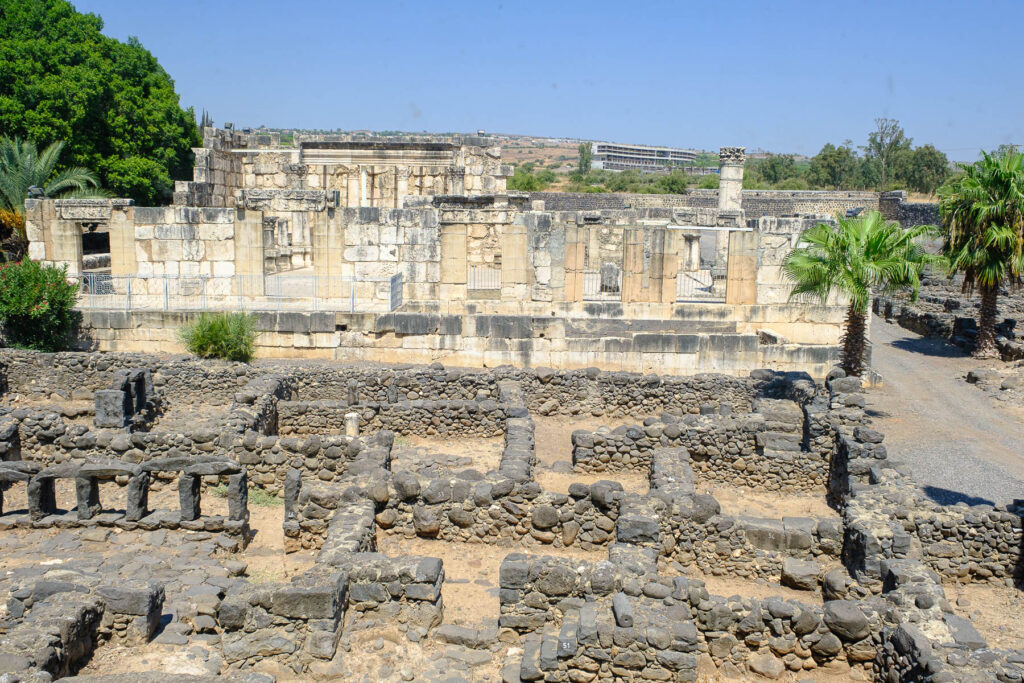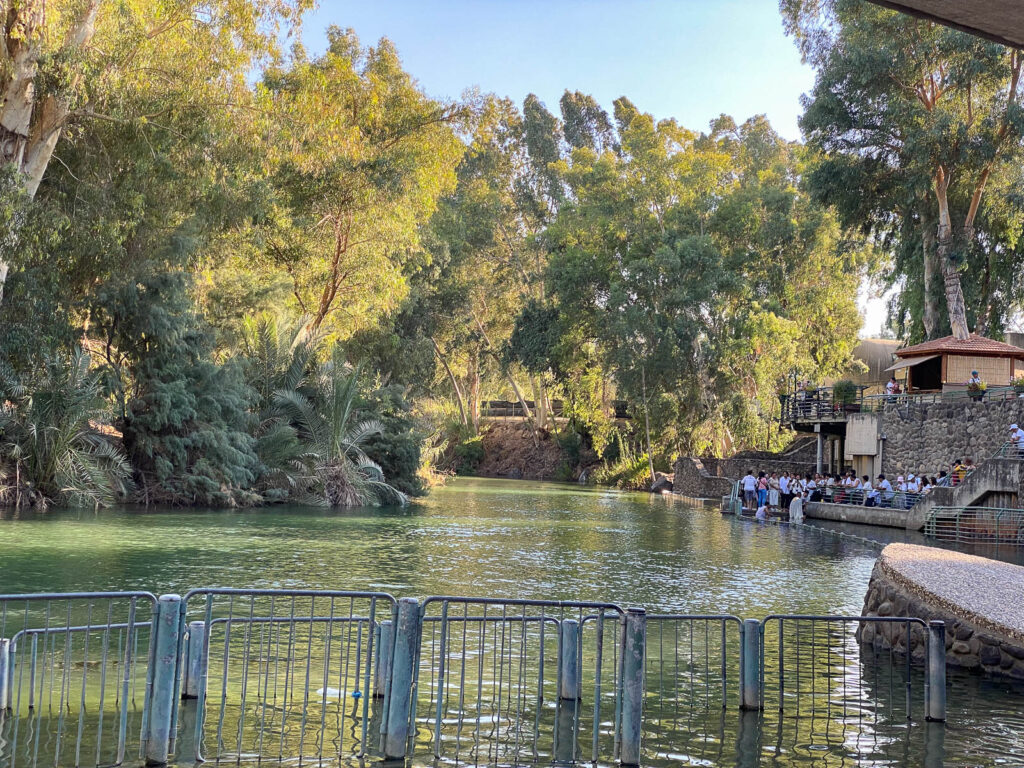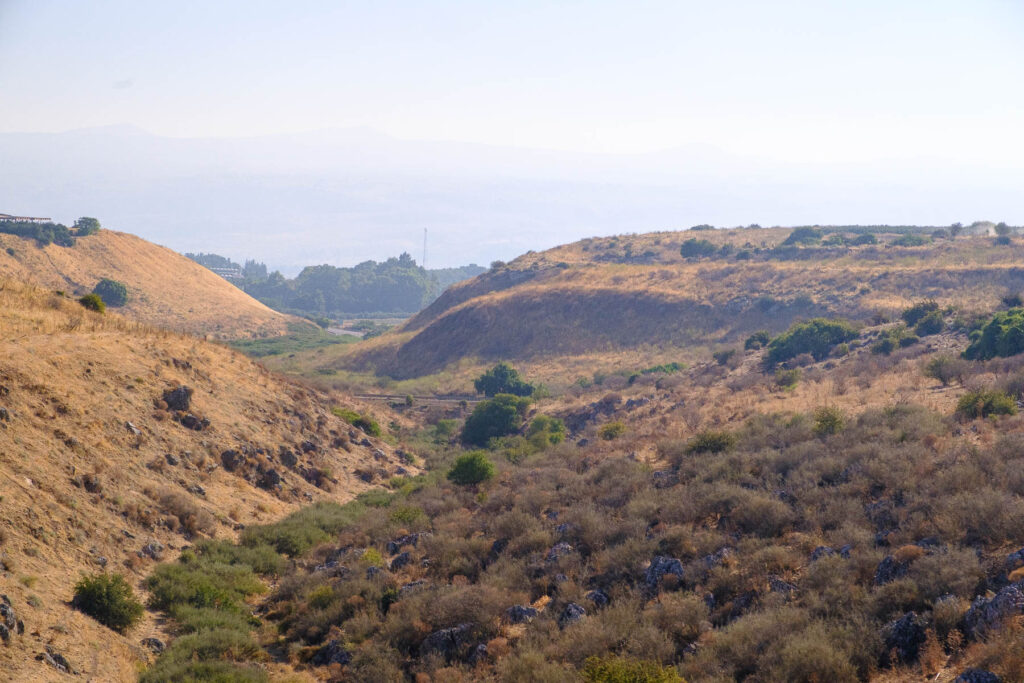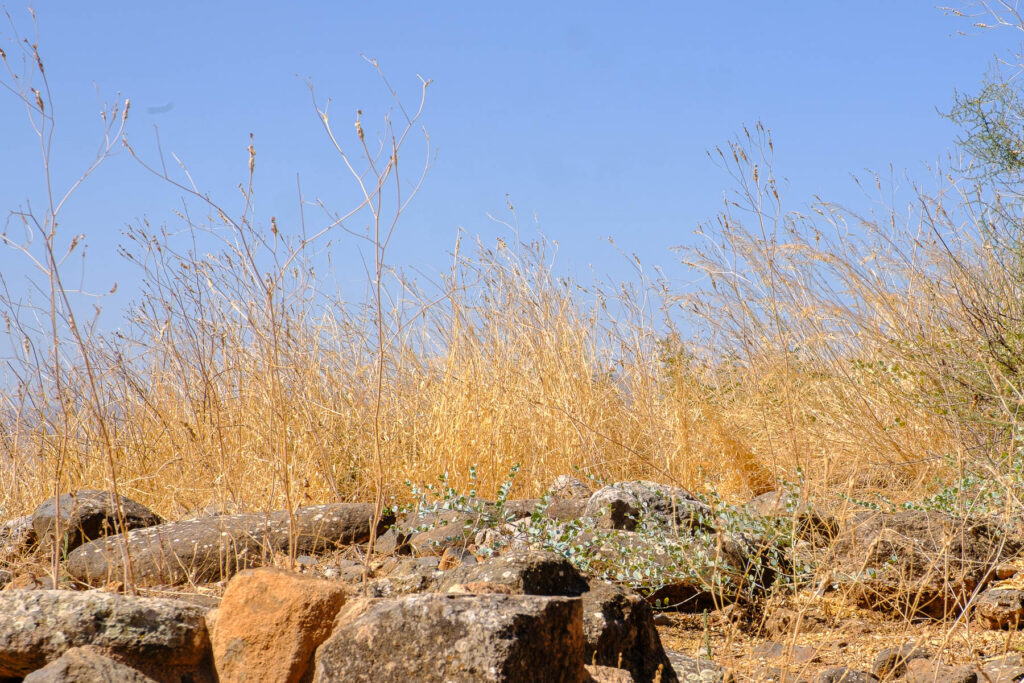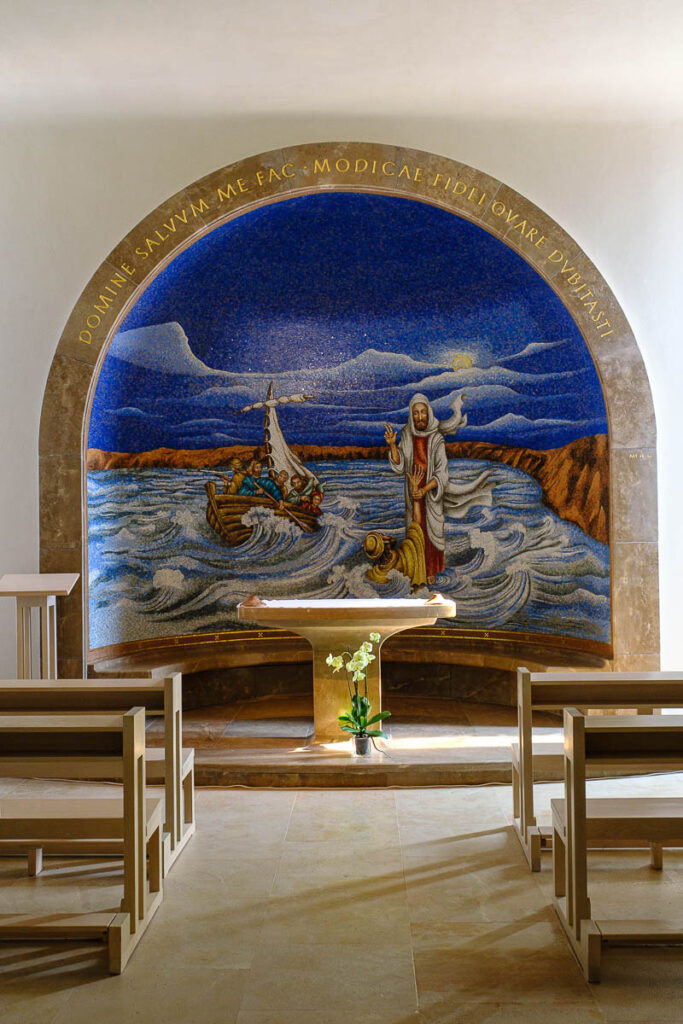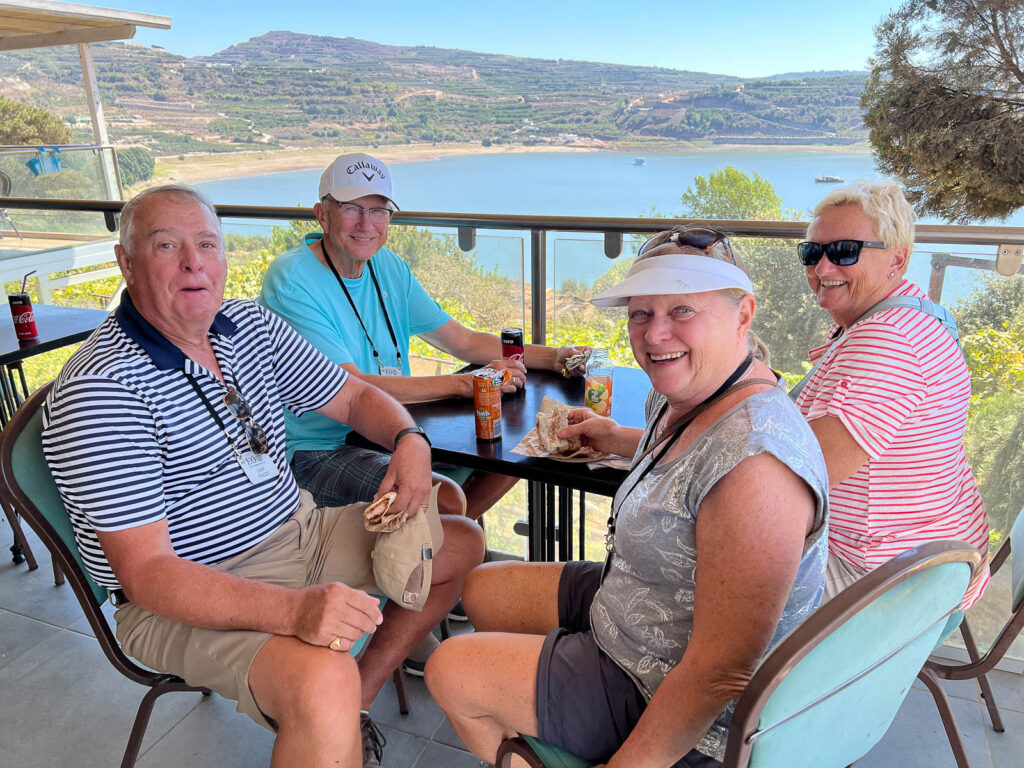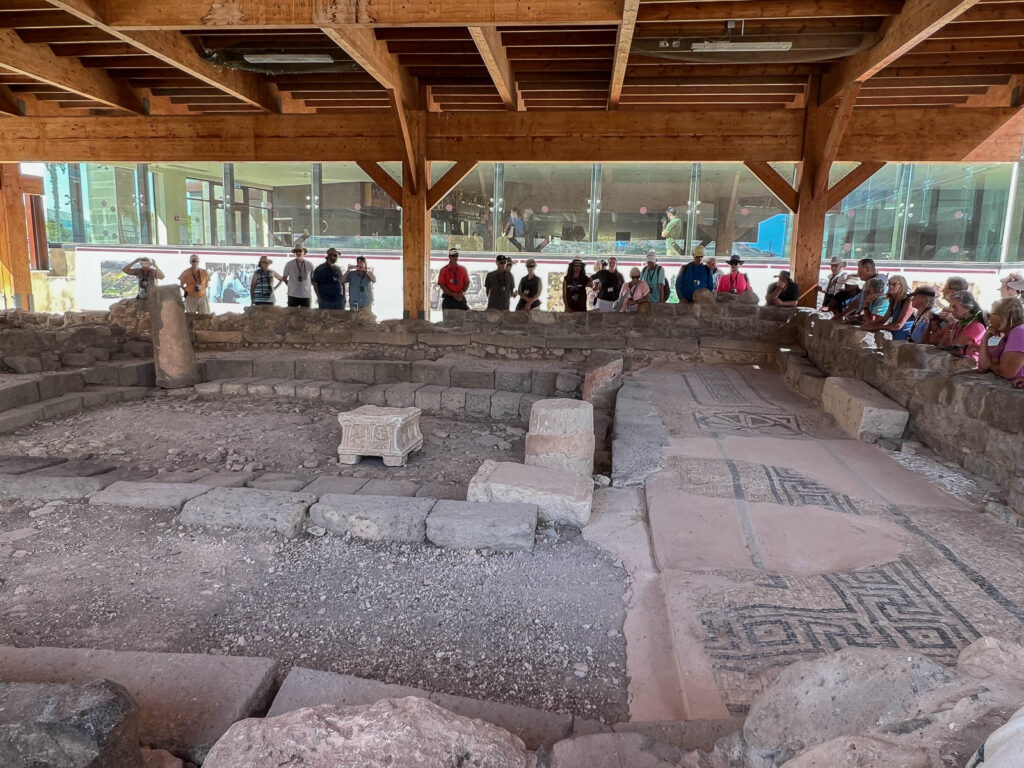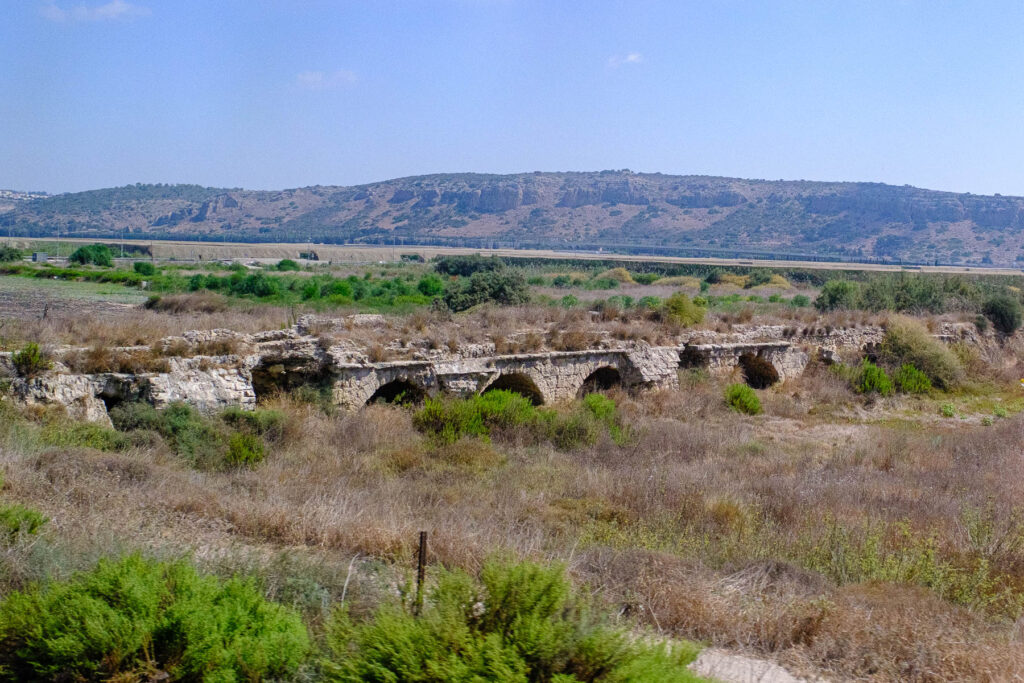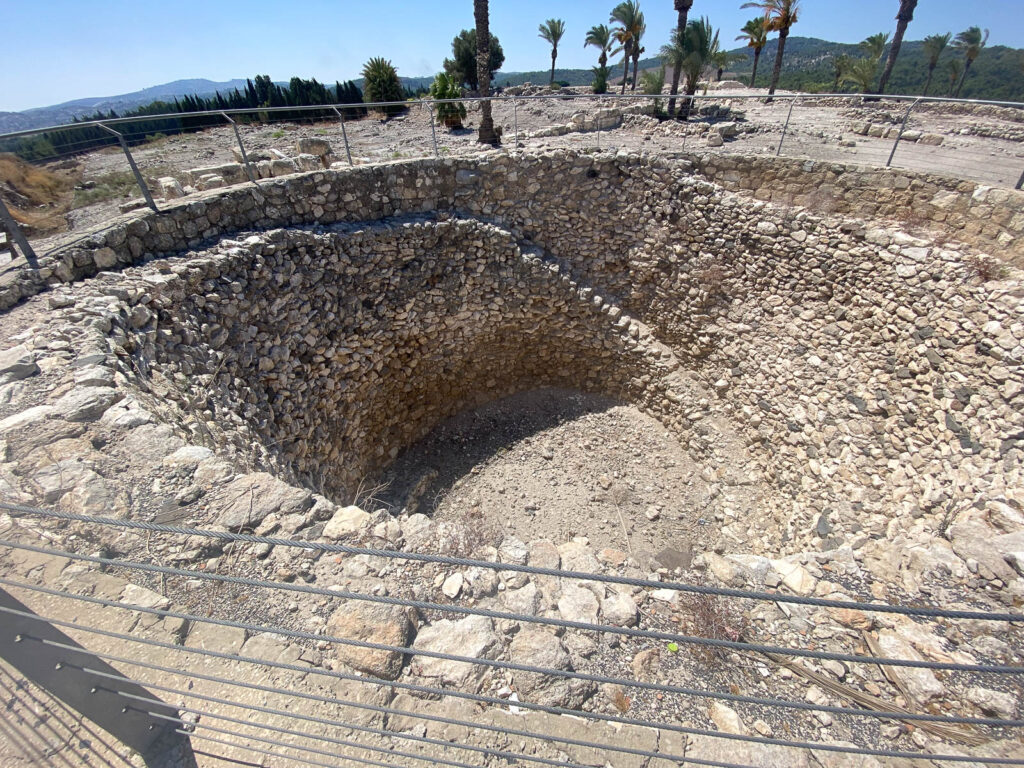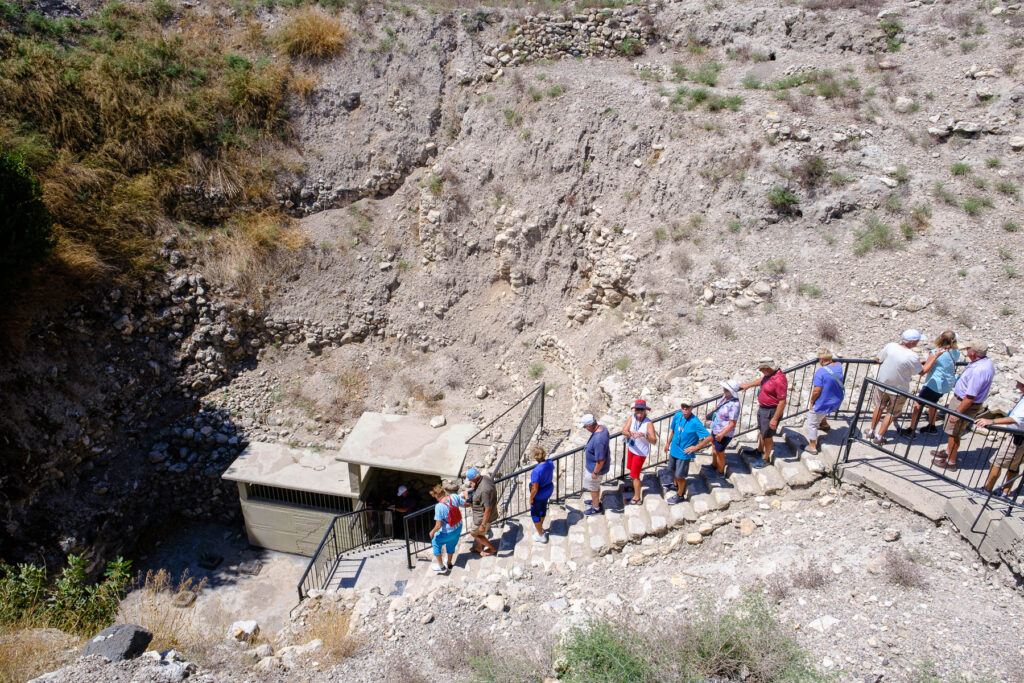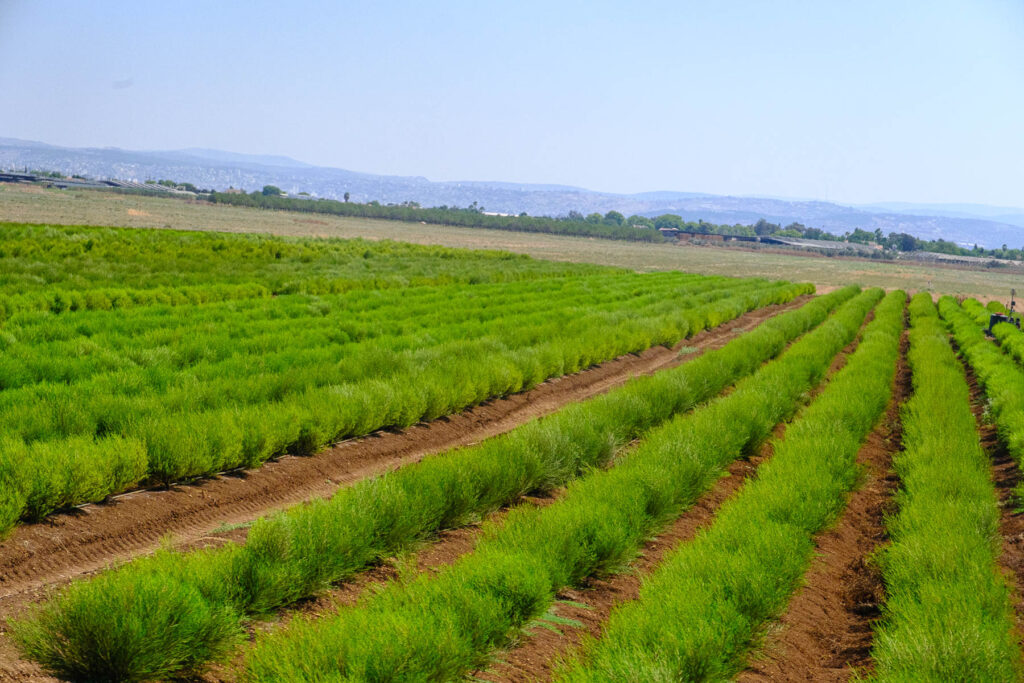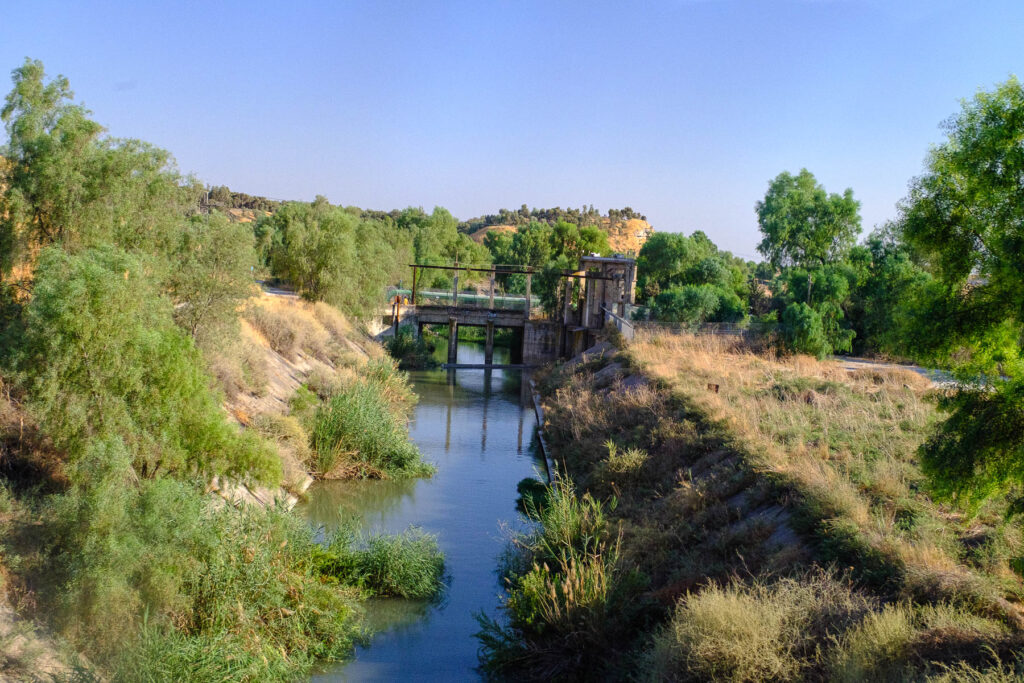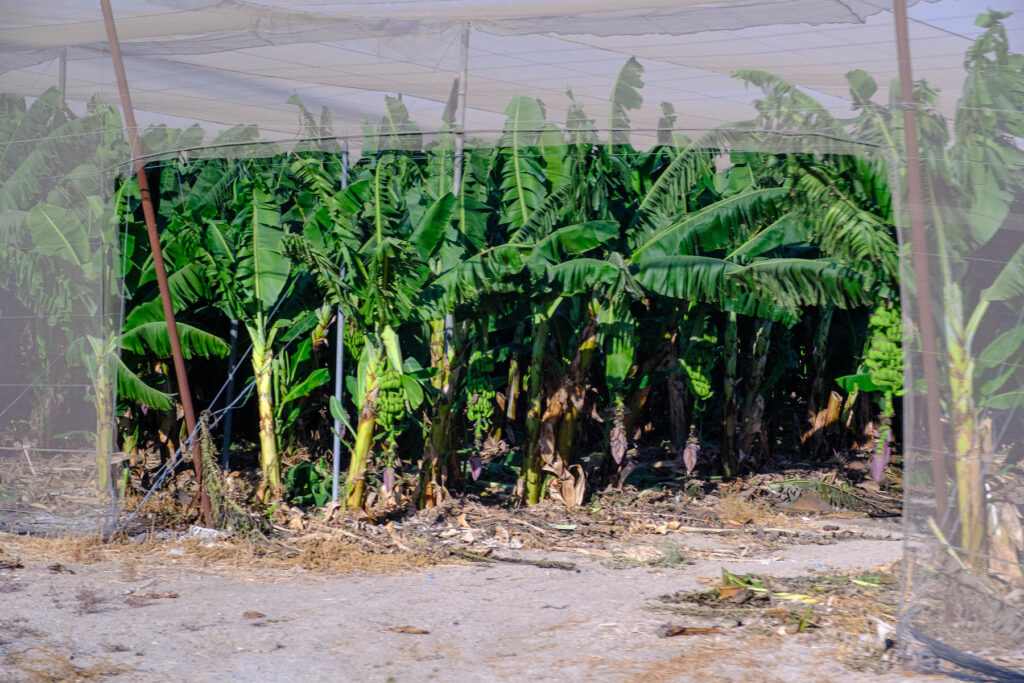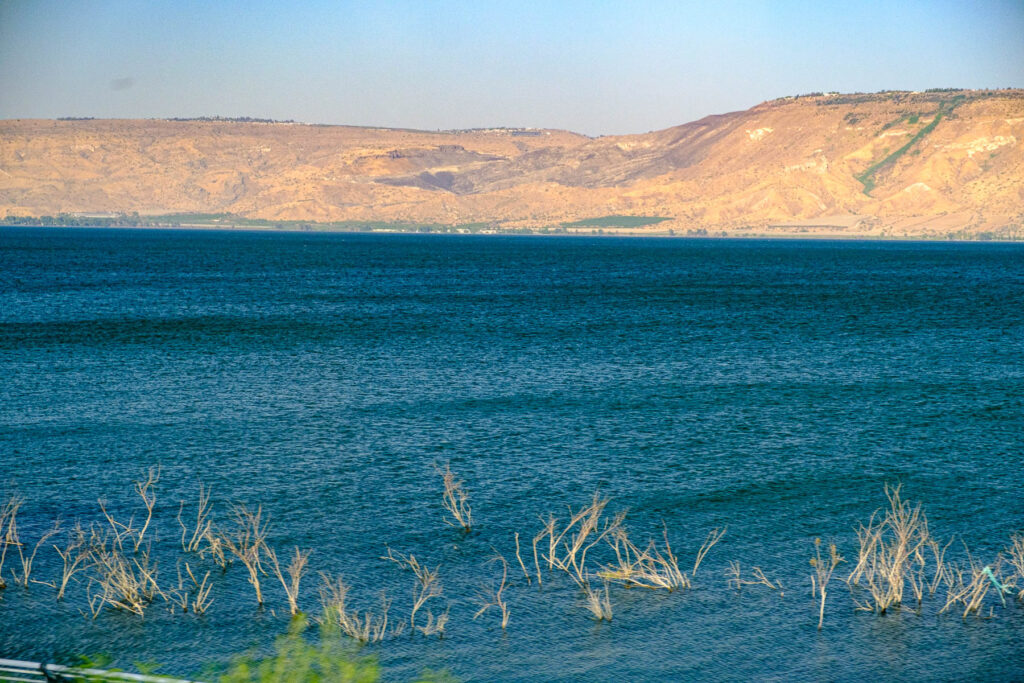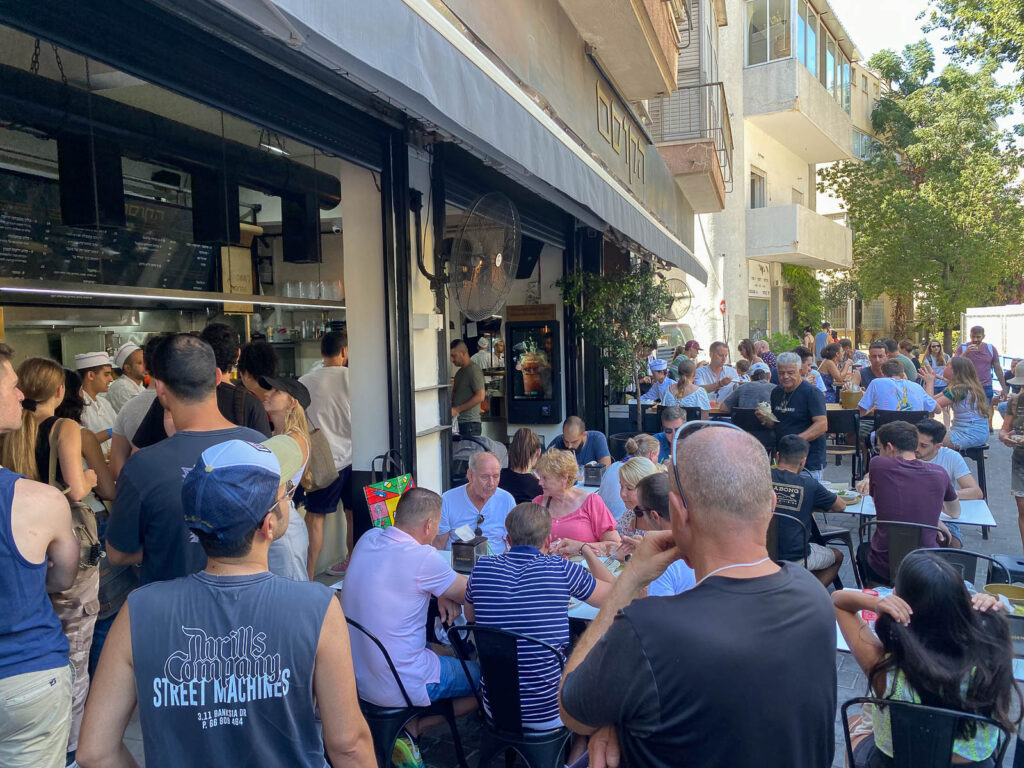Two more Jesus remembrances today: Cana and Nazareth
Cana, an hour or so from Tiberius but considerably higher in altitude and hence at least 10 degrees cooler, was the town where Jesus performed his first miracle. He and his mother were attending a wedding. On day three of the wedding celebration, Mary said to her son Jesus: “They’ve run out of wine. Do something!” Jesus said to her, “O woman, what have you to do with me? My hour has not yet come.” His mother said to the servants, “Do whatever he tells you” (John 2:1-5).
The structure of the sentence in English implies that Jesus is rebuking his mother. ”Woman” in this context is not used by Jesus as another way to say “Mom” but an acknowledgement that his mother was of a different class of person. His mother trusts her son’s abilities and Jesus does in fact turn water into wine. Not just any water: the water Jesus uses is water used by Jews for ceremonial cleansing of hands and eating utensils.
We went to Cana and a commercial wedding chapel there. Of course, the chapel is not the exact site of the wedding. Other towns nearby have a strong claim to being the actual spot. Those of us who are married had a chance to renew our wedding vows. As Judy said, “Making these vows after 50 years of experience gives us a much better idea of what we’re saying “yes” to than what a couple of twenty-something love-struck kids might believe.”
And of course, Cana Wedding Wine is available on just about every corner in Cana. We bought a bottle of a sweet variety that Judy is partial to.
Next stop: the hill where the townsfolk of Nazareth tried to push Jesus to his death. Jesus displeased the people of his hometown because he failed to live up to their expectations. This most likely is not the actual spot, being too far from what was then the center of Nazareth, a town of maybe 400 people then. Today it’s a large city of almost 80,000 people. The devotional message here was to stick to what you know Jesus would want you to do and to be, not what others expect and want you to be.
From the top of the hill we could see much of Nazareth spread out before us. The Basilica of the Annunciation could be seen. The Basilica is located where, tradition has it, the angel Gabriel told the Virgin Mary about her impending birth of Jesus.
From the same vantage point we could see the golden dome of the Makam Al-Nabi Said Mosque. Nazareth is divided into Muslim territory on one side of the hill and Jewish on the other.
The third and final stop of the day was a kibbutz halfway between Nazareth and Tiberius. We were on a tight schedule to make an appointment for a wine tasting at the kibbutz, so we did a 15-minute stop at a sandwich shop – falafel or shawarma and a drink for $15. Judy and I had the shawarma – thinly sliced chicken in a pita cone with veggies and humas inside.
The kibbutz wine tasting had no religious significance but turned out, for me, to be quite interesting. This kibbutz of 480 people produces wine from locally-grown produce – mostly fruits, honey and even chocolate – but not grapes. The fermented result is really a cordial or liqueur, very sweet, almost something that you’d want to serve over ice cream rather than drink. The one we bought was pistachio chocolate wine. We’ll probably take it home so stop by and we’ll give you a taste.
The interesting part for me was the kibbutz. A kibbutz is a commune of people who live and work together cooperatively. The motto is “each contributes according to his or her abilities, each takes according to his or her needs.”
The fellow giving the talk about his wine, a standup comedian of first rank, told us that of 480 residents of the kibbutz, 220 are members. Kids under 18 aren’t eligible. Anyone, Jew or not, can become a member of the kibbutz by living there and participating for two years. New members must be voted in by 70% of the members but few are ever denied. I got the impression that kibbutz members are older. Maybe it’s hard to keep the youngsters home these days.
This kibbutz was founded in 1946 before Israel became a nation. There are currently 270 kibbitzes in Israel and I believe it’s accurate to say that the kibbutz movement was instrumental in the founding of modern Israel. Further, controversy surrounds the 35 or so kibbitzes established in recent years in the occupied Palestinian territories of the West Bank, Gaza and Golan Heights. Permanent Jewish settlements make resolution of territorial disputes between Palestinians and Israelis much more difficult.
We were back at the hotel before 3 PM and many of the group, including the Frosts, Yinglings and Ricks, spent time cooling off in the swimming pool and having wine and snacks. An outdoor barbeque is on the agenda for 7 PM. Tomorrow we pull up stakes – wake up at 5, breakfast at 6 and on the bus by 7 – and head for Bethlehem for the second half of our trip in and around Jerusalem.






